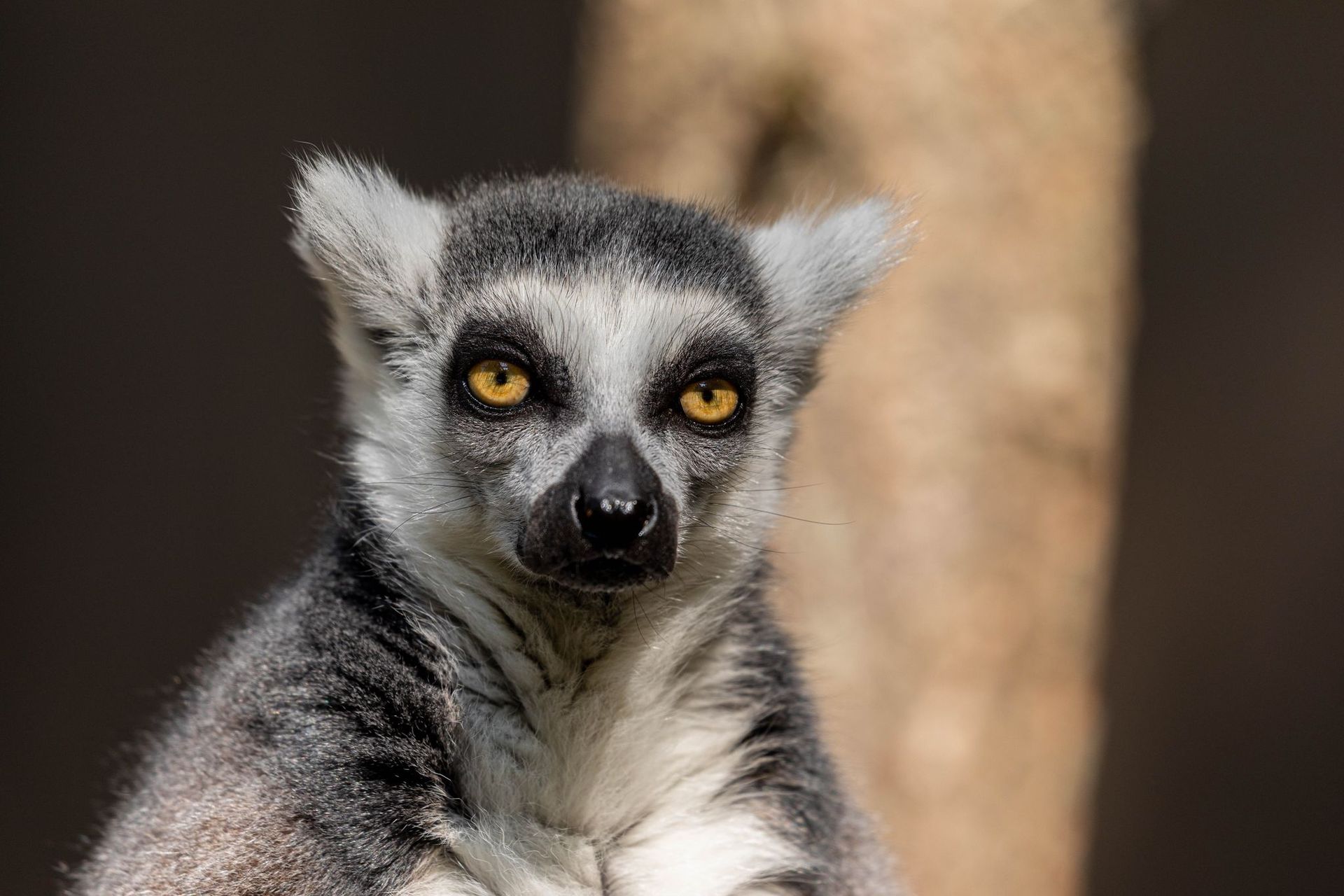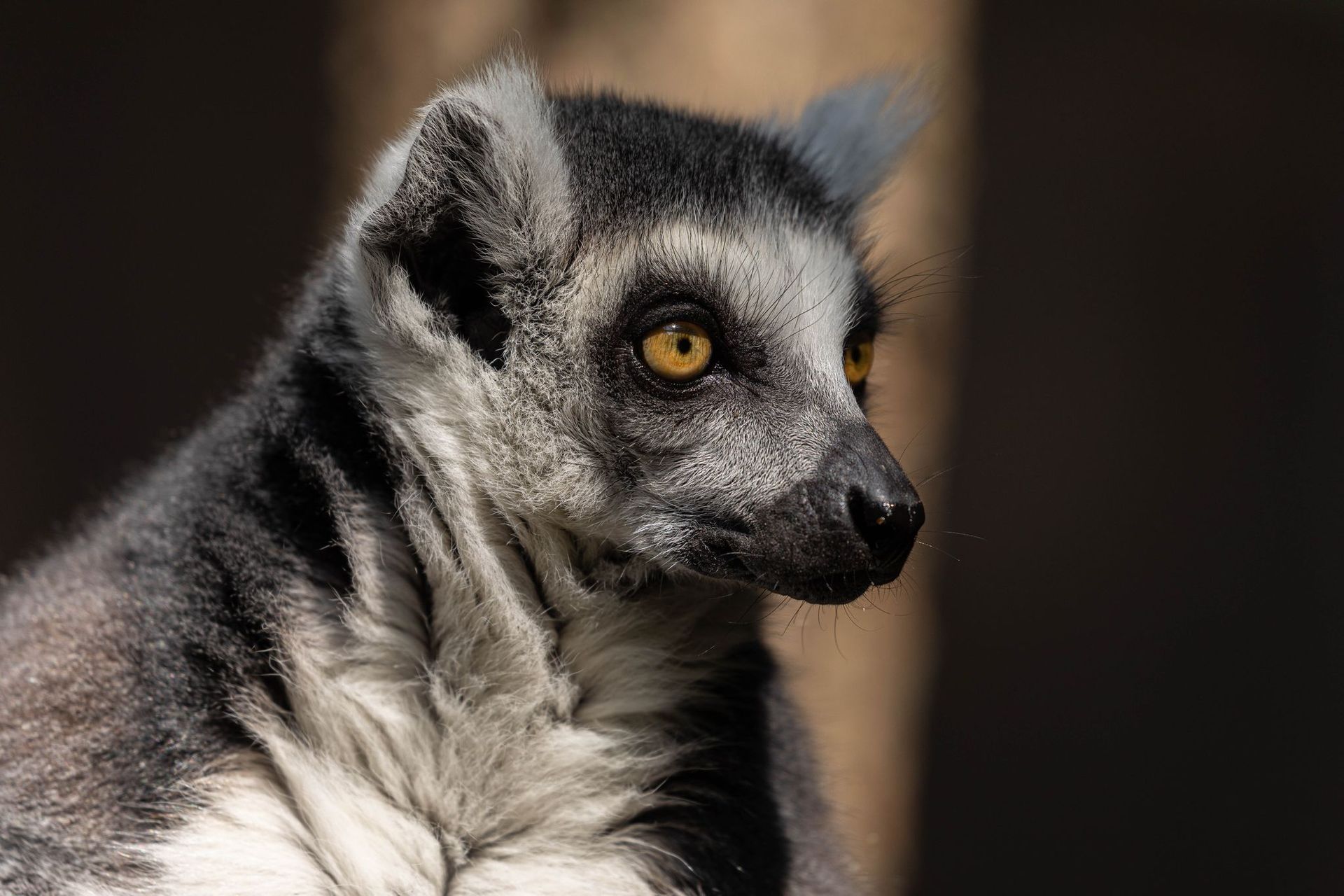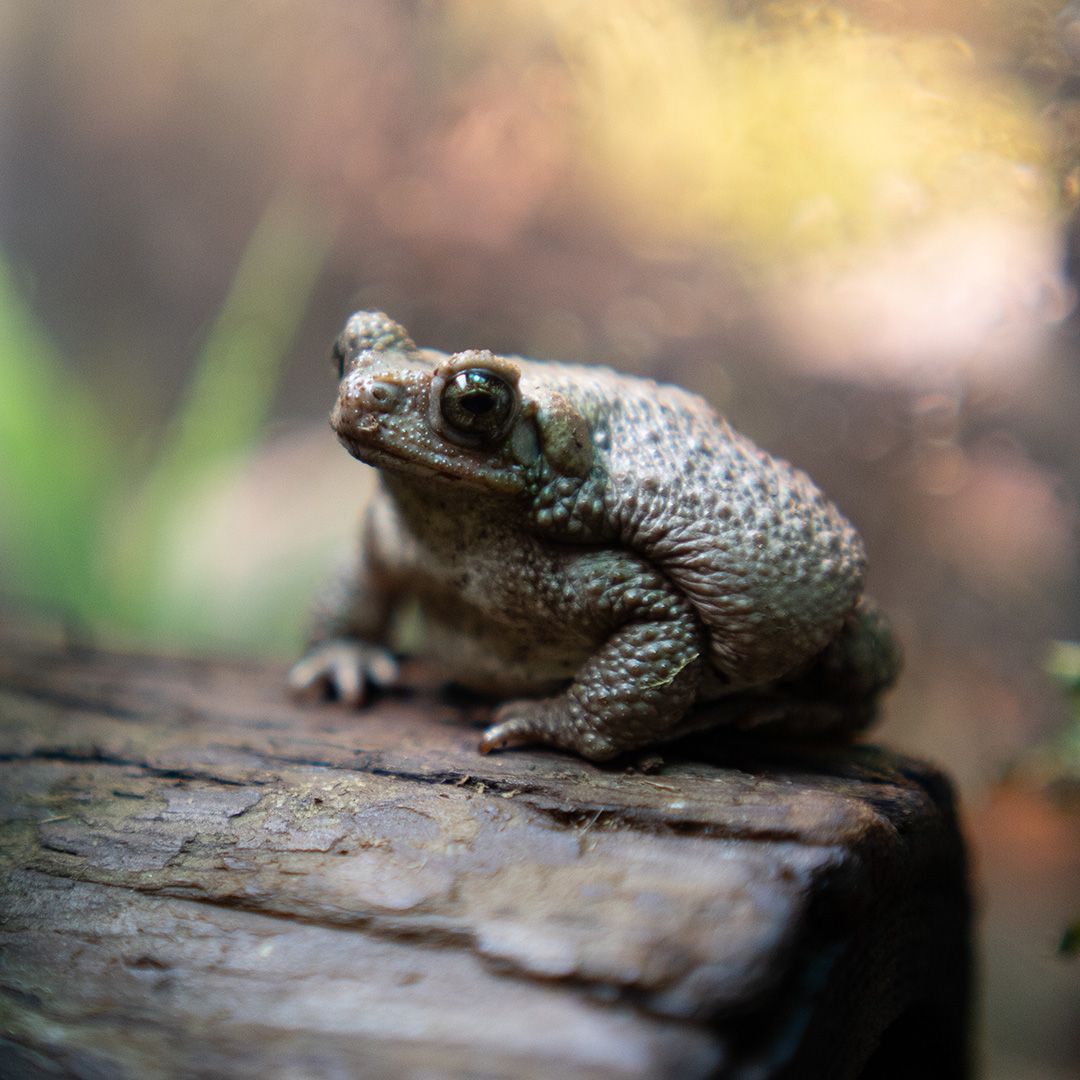Ring-Tailed Lemur

Ethel was born in 2001 and joined The Zoo in 2004. She gave birth to her daughter, Kiko, in 2015. They love sunbathing and hopping around their enclosure to find treats that keepers hide for them. Their favorite food is grapes.
Phoebe, Chandler and Monica joined The Zoo from another facility in February of 2024.
Scientific name
Lemur catta
Lifespan
15-20 years in the wild, up to 30 years under human care
Range
Ring-tailed lemurs live exclusively on the island of Madagascar, off the coast of southern Africa. As of 2014, ring-tailed lemurs are listed as an endangered species. The predominant threat to their survival is habitat destruction, but other threats include capture of individuals for the illegal pet trade and periodic drought. Although it is estimated that only 2,000 wild individuals remain, important measures are being taken to ensure the species survives, including establishing protected areas within Madagascar and maintaining a healthy, genetically diverse captive population.
Diet
Ring-tailed lemurs eat fruit, leaves, bark, and occasionally small vertebrates. In the wild, the fruits and leaves of the native tamarind tree may make up to 50% of their diet.
Social Structure
Ring-tailed lemurs have a matriarchal social structure, meaning that the eldest females have the most power. They live in groups of 5-25 members. Females tend to remain with the group they were born into, while males often roam from group to group. Members participate in mutual grooming to strengthen social bonds.
Conservation Status
Threats in the Wild
Ring-tailed lemurs are decreasing in the wild and they are threatened by a variety of factors, including habitat loss, hunting and capture, and droughts and storms caused by climate change.
share this page















